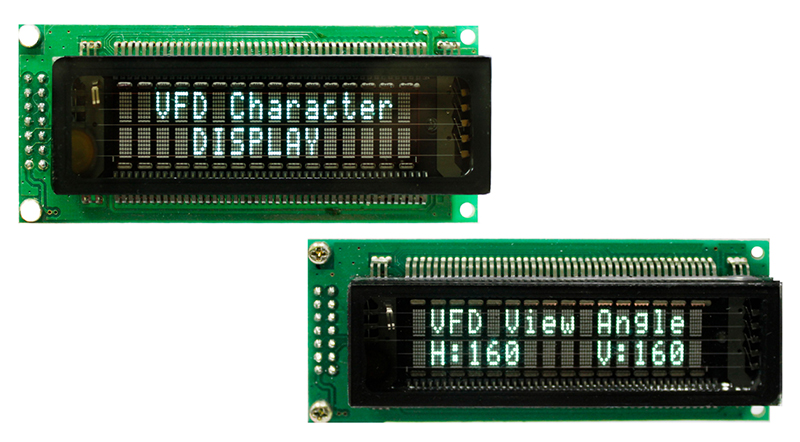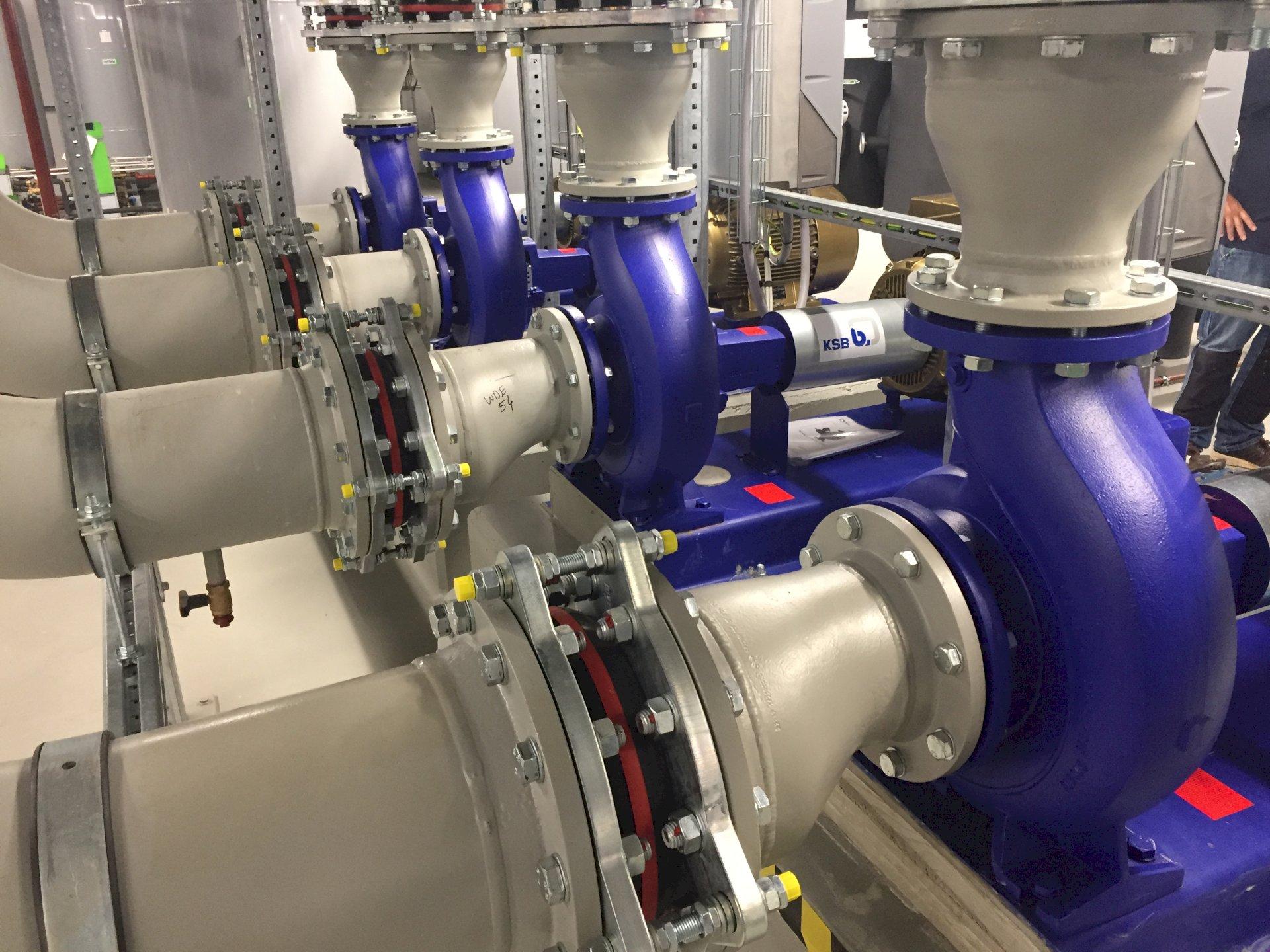 Door: Nijkerk Electronics
Door: Nijkerk Electronics Vacuum Fluorescent Display (VFD) [Figure 1] is a display device with the same principle as a cathode ray tube; its main control device is a grid with controllable voltage. The electronics are accelerated to the anode under the attraction of the grid electric field. After hitting the fluorescent powder on the anode, they emit visible light with a specific wavelength distribution. By adjusting the voltage of the grid, the brightness of the vacuum fluorescent display can be adjusted. A plurality of vacuum fluorescent units are arranged in an array or a specific pattern, which becomes a VFD.
VFD was one of the important milestones in the development of displays and was widely used in various fields such as household appliances, DVDs, microwave ovens, office automation equipment, industrial instruments, and automotive instruments. However, with the development of display technology, various shortcomings of VFD have gradually surfaced. First of all, the most obvious is that the thickness of the VFD module is too thick [Figure 2].
With the development of various applications toward the lightweight, the thickness of the display module becomes the key factor.
Secondly, VFD mainly uses fluorescent powder to modulate the luminous color, and the display light color is single, such as green, yellow, and white.
In terms of contrast, the performance of VFD is not very good. A dark cover is usually added outside the VFD to improve the contrast, so the brightness decreases.
The power consumption of VFD is also relatively high because the electron beam of the VFD module hits the fluorescent powder of the vacuum tube. The energy will be converted into light and heat, respectively, and the energy conversion to light will be inefficient.
VFD is limited by material factors and is insufficient in a lifetime. Electrons strike the fluorescent powder to emit light; each time the electron strikes, the fluorescent powder will be damaged. After a period of use, the brightness of the VFD will decrease rapidly, and the chromaticity will also reduce.

Figure 2: The Comparison of VFD modules and OLED modules
�
Based on the above disadvantages, the market is actively looking for alternatives to VFDs. Replacing VFD modules with OLED modules has many advantages, as shown in Table 1.�Winstar�provides PM-OLED module replacement solutions, which can effectively compensate for VFDs� weaknesses.
The most significant advantage is that the module�s thickness can significantly reduce. Generally, the thickness of the VFD module is about 15mm, while the COG structure of the OLED module is only about 1.5mm, and the thickness is 10 times thinner than that of the VFD module. It�s beneficial in the application of the product.
Furthermore, OLED modules have more colors available than VFDs. Because OLED is a self-luminous display, its contrast ratio is as high as 10000:1, which is about 10 times higher than the VFD module. The energy conversion efficiency of the OLED organic light-emitting layer is better, and the power consumption of the OLED module is much lower than that of the VFD module, only about 25% of the VFD module.
Finally, in terms of a lifetime [Note 1], OLED is much better than VFD. VFD is damaged due to the fluorescent powder�s continuous bombardment of the vacuum tube wall by electron beams, and its brightness will decay rapidly. The estimated service life is about 30K. The lifetime of PM-OLED exceeds that of VFD in an all-around way. Yellow and green are about 100K hours, and white and red are about 50K hours, which is 1.5~3 times the lifetime of VFD.
Note 1: The definition of a lifetime is the time of OLED brightness decay to 50%

Table 1: PM-OLED vs. VFD parameter comparison
Many customers would like to use OLED modules to replace existing VFD modules, directly use them on existing product structures, and maintain the original module appearance, thickness, module interface, etc. (as shown in Figure 3).
Of course, this is no problem! Winstar can help customers customize PM-OLED modules that are the same as the original VFD modules. Regarding thickness specifications, spacers can be added to thin and light OLED modules to meet the same thickness as VFD. In terms of resolution, they can be maintained the same as VFD, and the module interface can ultimately be the same to achieve fast plug-and-play replacements!
Note 1: The definition of a lifetime is the time of OLED brightness decay to 50%

Figure 3: OLED Module Customized Solution Example
If you want more information or if you have any questions, please�contact Nijkerk Electronics!






